
“Before the incident,” Nnedi Okorafor writes, “I moved about the world with a sense of ease and entitlement.” This was spring 1993 during the early years of her studies in university. She’d hoped to one day become a scientist and an athlete, but spinal fusion surgery left her paralyzed from the waist down.
“Quite suddenly everything changed, I was an athlete drifting in the vacuum of space.” Recovery was slow, painful, and uncertain. She battled feelings of anger and despair. But, at the end of it all, she walked again. She also discovered a creative power that changed her life. She became a writer.
Okorafor documents these experiences in her memoir Broken Places and Outer Spaces, published by TED Books in 2019. The book contains some of the most intimate details she’s ever shared publicly about her life. If you’ve ever craved emotional honesty in storytelling, you’d appreciate the rawness of Okorafor’s rage against the world after the paralysis. You’d be inspired by the fact that she comes out on the other side a changed and empowered person. But, most importantly, you’d find her weaving around this experience of utter vulnerability a philosophy of creative awakening captured in these words:
What we perceive as limitations have the potential to become strength greater than what we had when we were “normal” or un-broken. In much of science fiction, when something breaks, something often emerges from the cracks. This is a philosophy that positions our toughest experiences not as barriers, but as doorways, and maybe the key to us becoming our truest selves.
Broken Places and Outer Spaces asks questions about the origins of creative power. Can tragic experiences catalyze creative awakening? If “our toughest experiences” are doorways, how do we find these portals? How do we find the good that lies within the “cracks” of what has been broken? What do we do with the world of possibilities that opens up?
In mapping out the journey from paralytic to Africanfuturist writer, Okorafor casts widely for inspiration: Frida Kahlo, Mary Shelley, Alice Hoffman, Isaac Asimov, Tove Jansson, Stephen king, and many others. Kahlo’s The Broken Column, a 1944 painting created soon after Kahlo underwent spinal surgery inspires some of the most poignant moments in the book.
Much of Kahlo’s work centers on broken bodies, most often her own. In her painting, The Broken Column, Kahlo paints her spine in a way that accentuates its disintegrating states and just how much pain she was in because of it. It’s exposed to the elements. Instead of bone, her mind is made of crumbling stone. Nails have been pounded into her body, from her face to her arm, to her chest and torso.
It is interesting to place Kahlo’s and Okorafor’s lives side by side. Both are women of color. Both experienced spinal cord dysfunction. Both looked to art for the language to express the power implicit in their “broken bodies.” These parallels are uncanny in the same way that the most beautiful literary things are revealed in patterns and hidden affinities. But they also evoke a long history of women using art to archive their hurt while proposing new ways of knowing and being. Okorafor has written a book about the marvels of a woman’s body. A recurring figure in the book is the figure of the cyborg, which she uses to explain how she imagined, felt, and lived her post-surgery body beyond its human limits.
Even though Okorafor shapes her experience in the outlines of Kahlo’s life, the way her story is told has powerful resonances with narrative forms that run deep in African storytelling. Reading this book might bring up for some readers memories of Wole Soyinka’s The Man Died. In the book, Soyinka talks about his time in prison as a mind-bending experience of intense suffering and one that changed his artistic practice in many ways. But Soyinka is himself drawing from Ogun, a Yoruba deity best known for his revolutionary temperament but whose mythology is also a painful story of breaking and becoming. By surviving his breaking—which Soyinka depicts in Myth, Literature, and the African World—Ogun becomes the patron god of artists, explorers, inventors, and revolutionaries. The creative power inspired by Ogun and beautifully worked out in Okorafor’s account of her experience tells us that breaking is what hurtles the body beyond the line of creative hesitation into that outer space of artistic energies where new worlds can be imagined.
This artistic philosophy of breaking and becoming is particularly relevant for our time. In the heavily filtered world of social media, so much of the struggle that drive success go unnoticed or have been aestheticized to the point of losing meaning. Okorafor’s life has always held a fascination for readers. Her social media persona is that of a relentlessly hardworking writer and entrepreneur. Fans have watched her go from being an established novelist to making inroads in the elite world of Hollywood TV production. But in this book, she explores a different side of that life – the vulnerability that propels creative power!
It is also important to acknowledge the timing of this book’s publication. These are certainly interesting times in African literary culture. Writers are turning to non-fiction, perhaps, for the ways it validates personal experience as a legitimate site of knowledge making. It is no secret that African literature in its modern form privileges fiction. But texts like Bassey Ikpi’s I Am Telling the Truth But I am Lying, Kwame Onwuachi’s Notes from a Young Black Chef, Chike Frankie Edozien’s Lives of Great Men, including The Dragon, the Giant, the Women by Wayetu Moore and Embracing my Shadows by Unoma Azuah are changing the script. Okorafor joins this growing chorus of artists inviting readers to find inspiration in the struggles that ignite creative power.


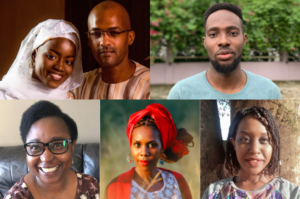
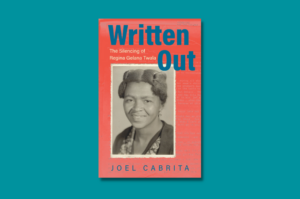
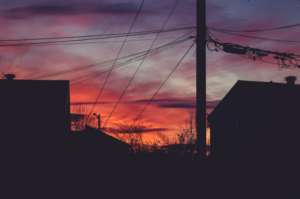
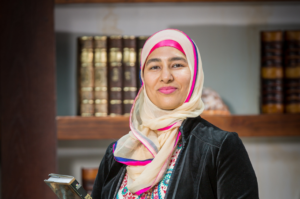
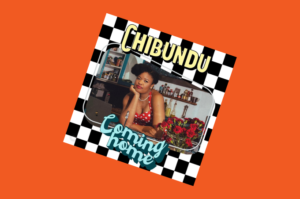
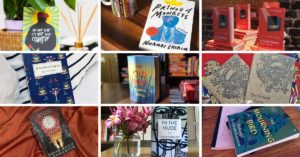

Pet Charles January 06, 2020 23:46
A friend of mine directed me to this wonderful story. But I do not understand the following sentence: "It is interesting to place Kahlo’s and Okorafor’s lives side by side. Both are women of color". I know Okorafor is Black. Is Kahlo also Black? The phrase "women of color" or "people of color" tends to conflate the experiences of non-Whites as if they are all the same when nothing could be further from the truth.